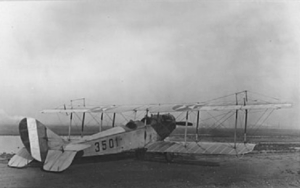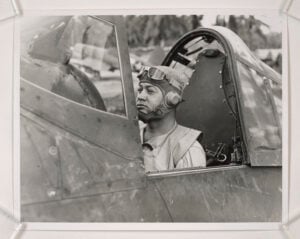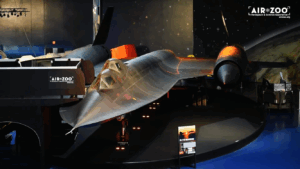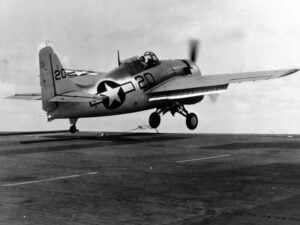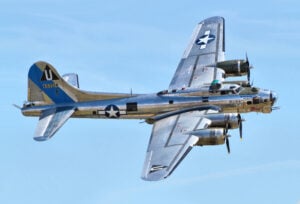Why WWII German Planes Had Those Mysterious Spirals on Their Noses
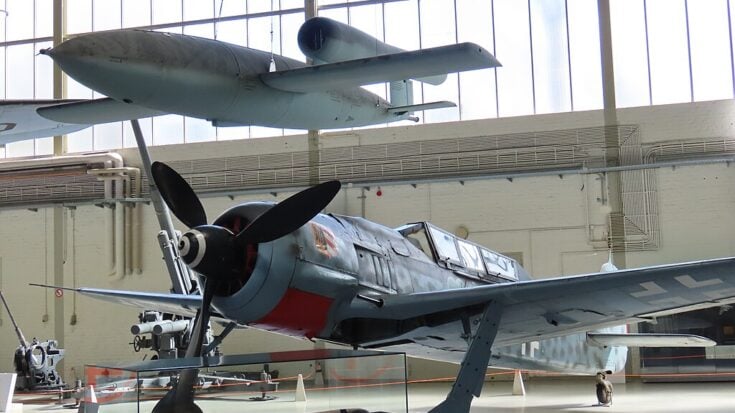
© Ad Meskens / Wikimedia Commons
A Mark That Stood Out
If you’ve ever seen a German World War II fighter such as the Messerschmitt Bf 109 or the Focke‑Wulf Fw 190, you might have noticed a spiral pattern painted on the spinner—the cone at the propeller’s hub. At first glance the design seems decorative, but historians of aviation point out that the swirl had a clear purpose. It wasn’t just for looks; the spiral marked a safety and operational aid in a noisy, fast-moving airfield.
Ground crews working on busy airfields faced serious risks from spinning propellers. Once the engine started, the blades could be moving so fast they became nearly invisible. The spiral paint offered a visual cue: when the engine was off, the pattern remained still; when the prop turned, the spiral blurred, alerting nearby personnel that danger was near. In essence, it helped prevent men from walking into propellers they couldn’t see.
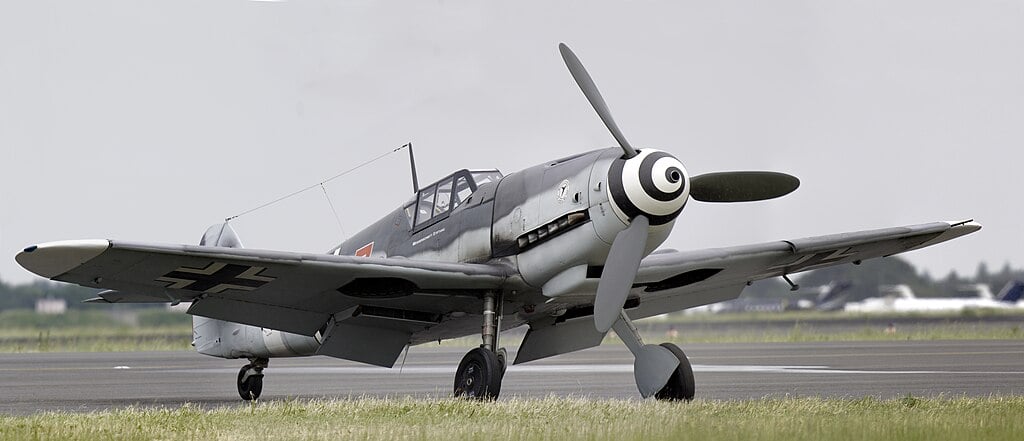
More Than Safety
Beyond warning ground staff, the spiral may have played a role in enhancing startup coordination. Some German fighters required the propeller to be hand-cranked by a technician before ignition. The visible spiral let that crew member and the pilot exchange signals visually, without radio, identifying when the blades were turning and all was ready.
There is also a less-well-proven idea that the swirling pattern might discourage birds from flying into the spinning prop. While direct wartime data is scarce, some modern aviation studies suggest that contrasting markings or motion cues can reduce bird strikes by making the engine spinner more noticeable to birds.
Why German Aircraft and Not So Many Others?
Though other air forces painted propeller tips or marked spinners, the use of full spiral designs was especially common on German fighters. German aviation publications today note that it became a distinctive mark of the Luftwaffe’s frontline aircraft. The pattern varied in colour and width, sometimes white spiral on black or contrasting hues adapted to the unit.
In contrast, Allied aircraft more often used yellow propeller tips or other high-visibility markings. On the German side, the spiral combined recognition, safety, and perhaps a bit of unit identity—though its primary function remained practical rather than purely decorative.
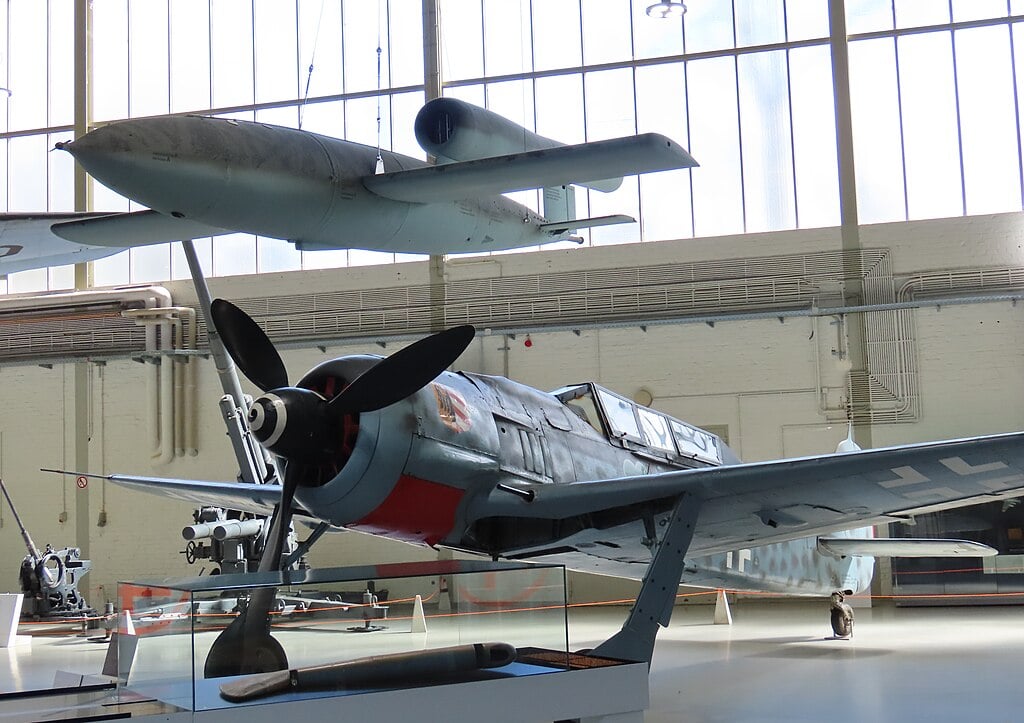
The Legacy of the Spiral
Today, aviation safety experts still recognize that visual cues on propellers and spinners help protect ground crew and prevent accidents. Modern jet spinners sometimes carry spiral or swirl markings for the same reason: to signal motion and warn of the danger zone around the engine intake. Although the context has changed, the principle remains.
In short, those spinning spirals on German WWII fighters were much more than decoration. They were practical signals that helped save lives on the crowded, chaotic airfields of the time—and they offer a small insight into how wartime engineers combined simple solutions with high-stakes operations.













